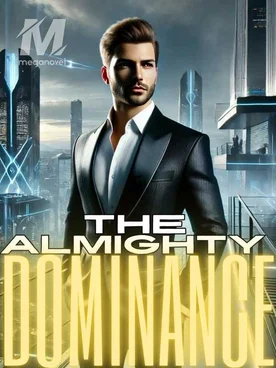
The story should be set in a modern urban background. The specific
subgenre is not limited (pure romance stories are excluded). The
protagonist often possesses a “golden finger”—a unique advantage that
make them stand out, such as wealth, supernatural powers, martial arts
skills, or medical expertise. Of course, authors with innovative ideas
are encouraged to go beyond these examples.

The protagonist’s personality can vary—cold and aloof, upright and
kind, quiet and reserved, and so on—but the most important trait is a
strong inner strength. Avoid depicting those protagonists who cry or
beg their unfaithful spouse to come back after betrayal.
The protagonist’s identity is often not as simple as it appears. Many
times, they might look like an ordinary “loser” on the surface, but
actually possess a mysterious and powerful background. Such a setup
can create an information gap in the story—supporting characters
underestimate the protagonist’s strength, leading to the
“face-slapping” of antagonists, which adds more tension and appeal to
the plot.



The beginning should quickly trigger conflict or suspense, throwing
the protagonist directly into a crisis, adversity, or some key
mission. This sense of urgency can immediately grab the reader’s
attention and keep them reading. (It’s acceptable to include mild
ambiguous/flirty scenes early on, but they should be tied to the main
plot. The focus should remain on conflict; don’t force unrelated
intimate scenes purely to attract attention.)

A. The early chapters should focus on a single main plot line without
opening too many subplots at once. Keep each chapter roughly 800–1300
words to maintain a tight pace and avoid unnecessary scenes unrelated
to the main plot.
B. End chapters with suspense whenever possible—this could be resolved
in the next chapter or foreshadowed for later reveals.
C. In roughly the first 10,000 words (usually the free parts), give
readers enough excitement and attraction, culminating in the first
major climax.










 Share to Facebook
Share to Facebook Share the Link
Share the Link






















